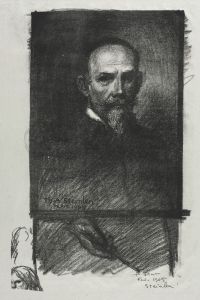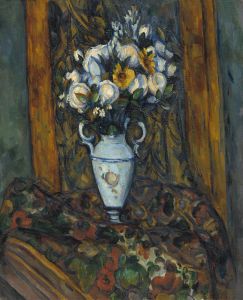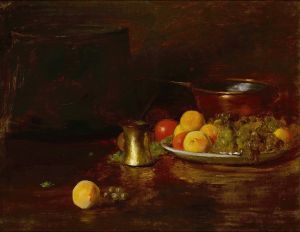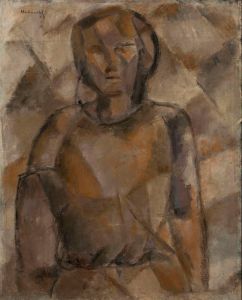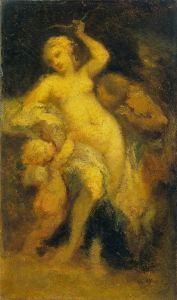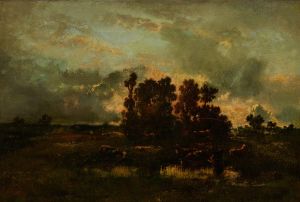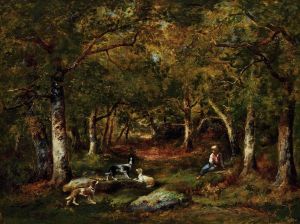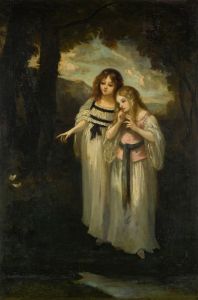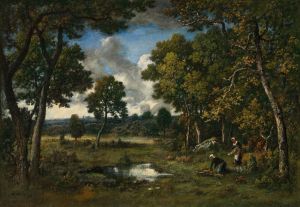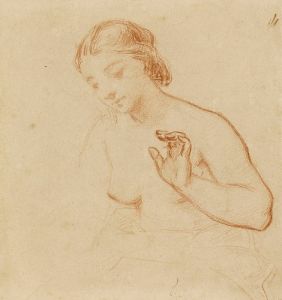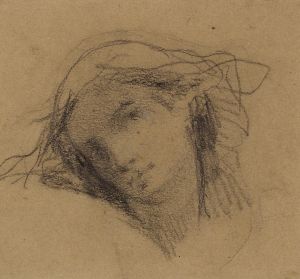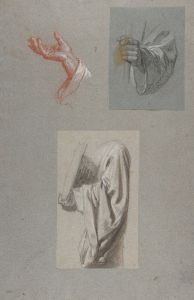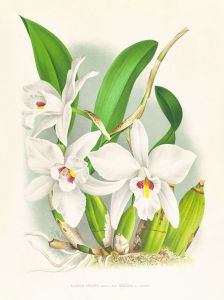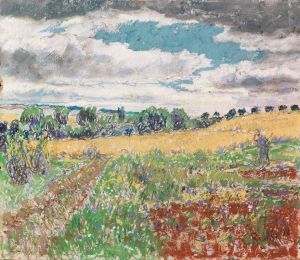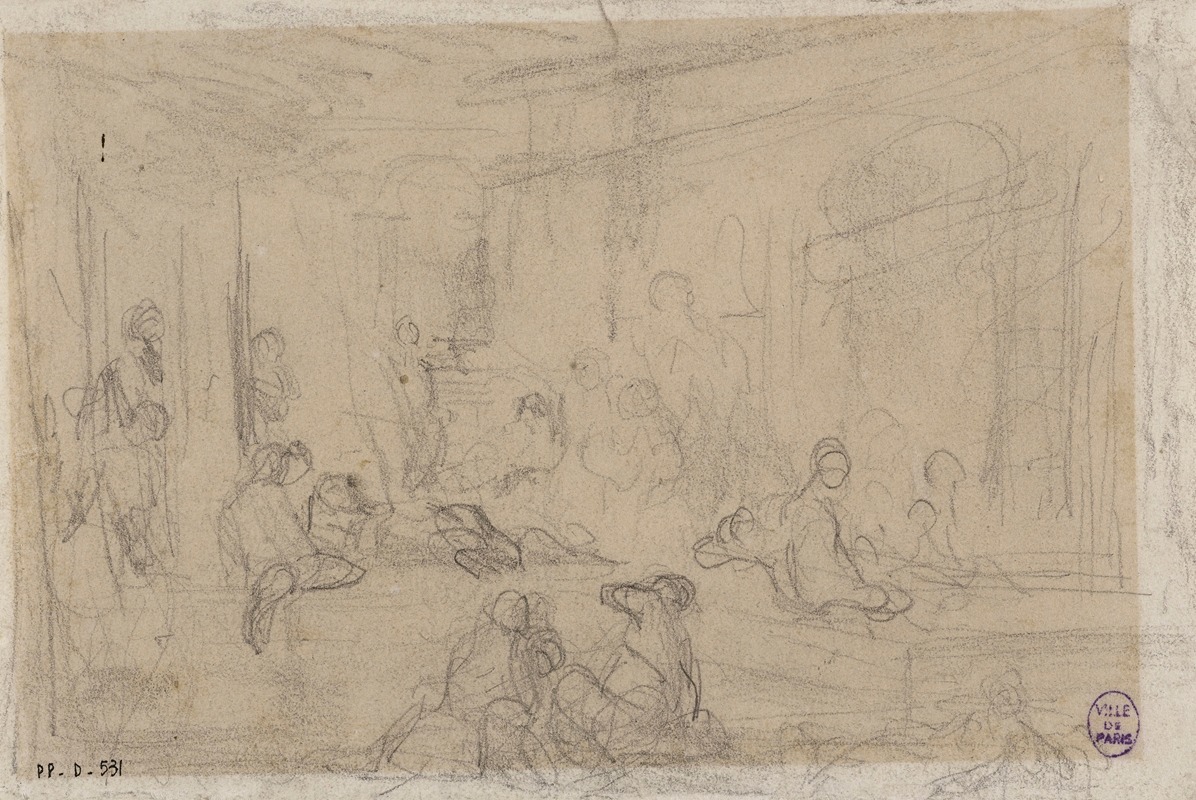
Croquis pour un tableau
A hand-painted replica of Narcisse-Virgile Diaz de La Peña’s masterpiece Croquis pour un tableau, meticulously crafted by professional artists to capture the true essence of the original. Each piece is created with museum-quality canvas and rare mineral pigments, carefully painted by experienced artists with delicate brushstrokes and rich, layered colors to perfectly recreate the texture of the original artwork. Unlike machine-printed reproductions, this hand-painted version brings the painting to life, infused with the artist’s emotions and skill in every stroke. Whether for personal collection or home decoration, it instantly elevates the artistic atmosphere of any space.
Narcisse-Virgile Diaz de la Peña (1807–1876) was a French painter associated with the Barbizon School, a group of artists known for their focus on natural landscapes and their departure from the formalism of academic painting. Diaz de la Peña was particularly celebrated for his richly colored and atmospheric depictions of forest scenes, often inspired by the Forest of Fontainebleau, a popular subject for Barbizon painters.
"Croquis pour un tableau" (translated as "Sketch for a Painting") is a work attributed to Diaz de la Peña. As the title suggests, it is likely a preparatory study or sketch for a larger, more finished composition. Such sketches were a common practice among 19th-century artists, allowing them to experiment with composition, color, and light before committing to a final piece. Diaz de la Peña was known for his ability to capture the interplay of light and shadow, and even his sketches often exhibit a high degree of skill and sensitivity to natural forms.
The exact subject matter of "Croquis pour un tableau" is not widely documented, but it is consistent with Diaz de la Peña's broader body of work, which frequently featured woodland scenes, pastoral landscapes, and figures set against natural backdrops. His sketches often reveal his process of layering colors and building atmospheric effects, which became hallmarks of his style. These preparatory works also provide insight into his creative process and his ability to convey mood and emotion through his use of color and texture.
Diaz de la Peña's contributions to the Barbizon School and 19th-century art more broadly have been recognized for their influence on later movements, including Impressionism. While he was not as widely known as some of his contemporaries, such as Jean-Baptiste-Camille Corot or Théodore Rousseau, his works remain valued for their technical skill and evocative qualities.
Due to the limited information available about "Croquis pour un tableau," its specific details, including its current location, dimensions, and date of creation, are not well-documented in public records. However, it remains an example of Diaz de la Peña's dedication to capturing the beauty and complexity of the natural world through his art.





